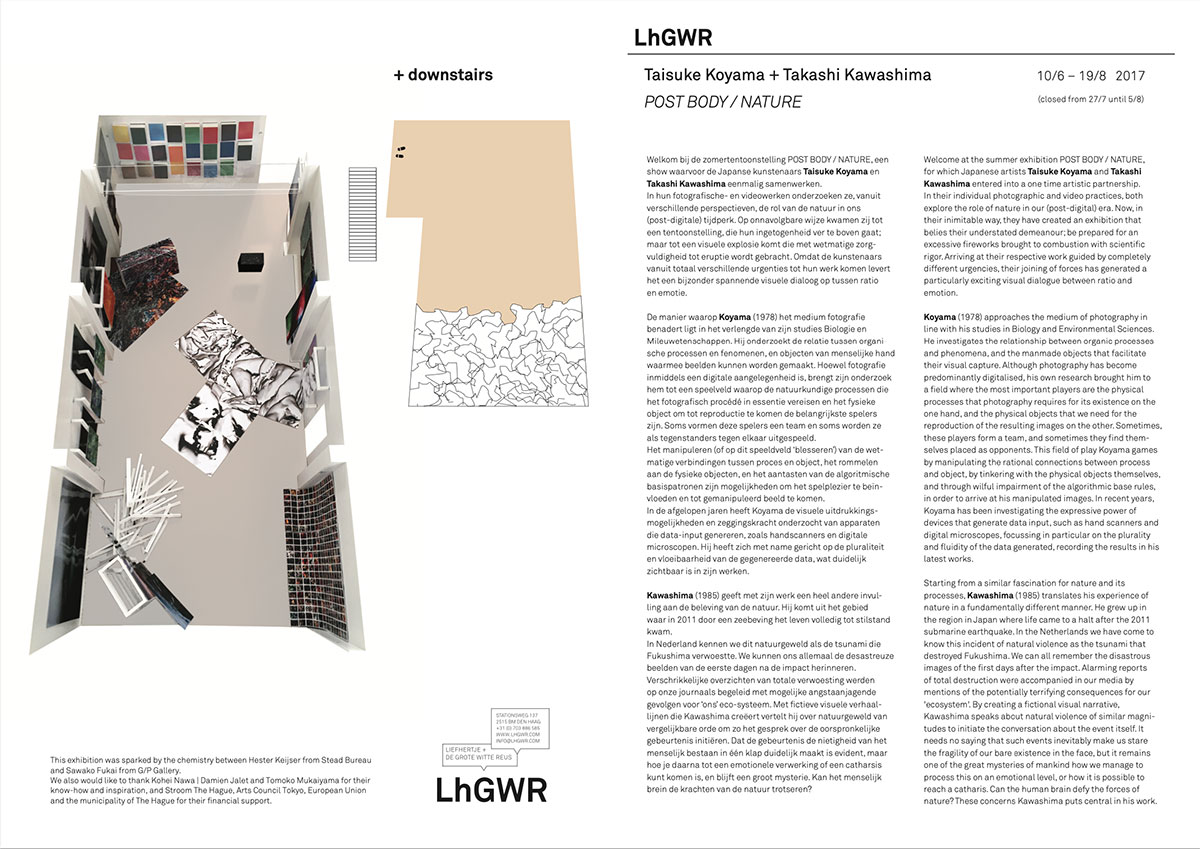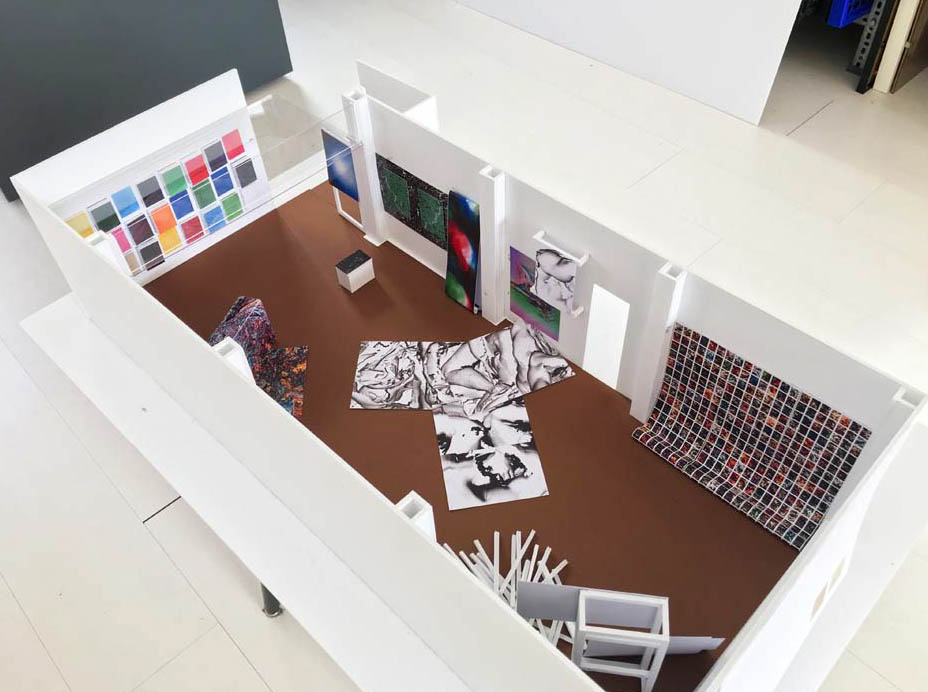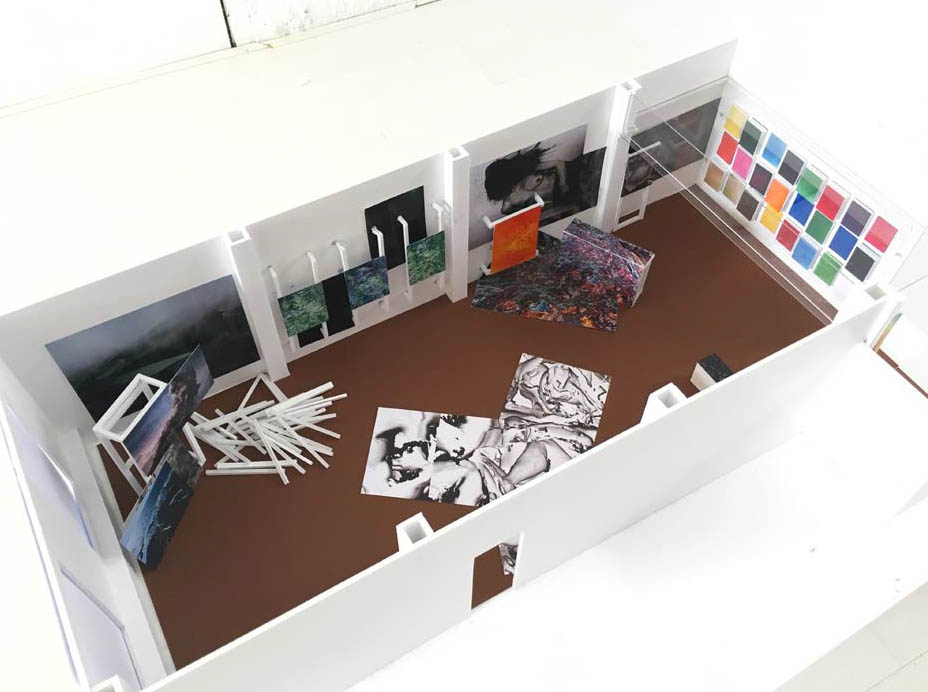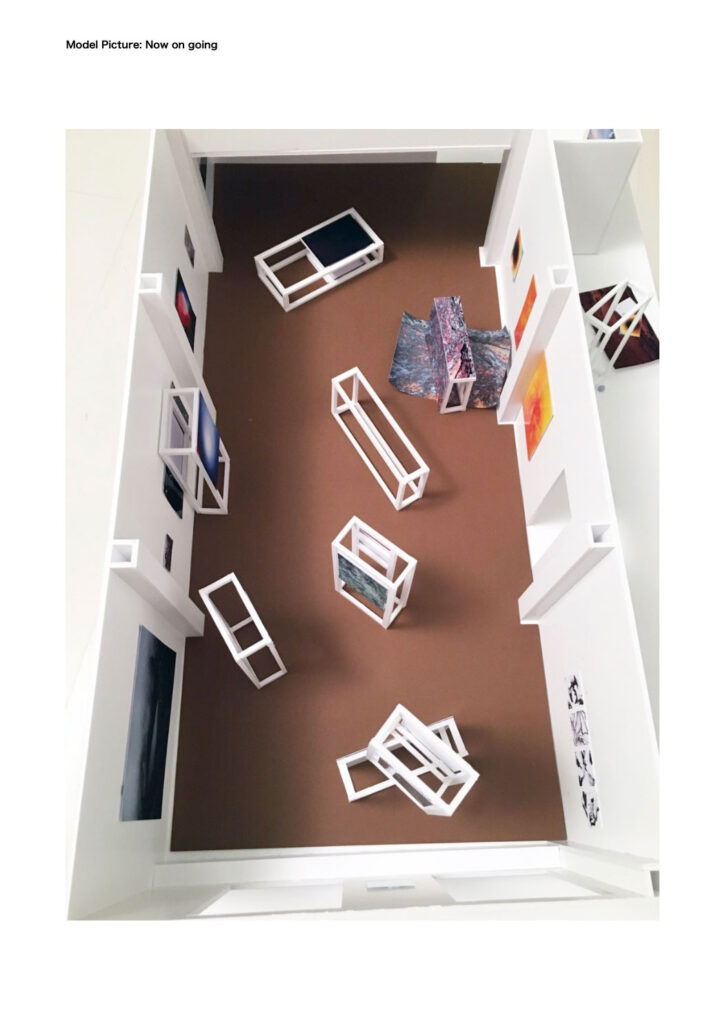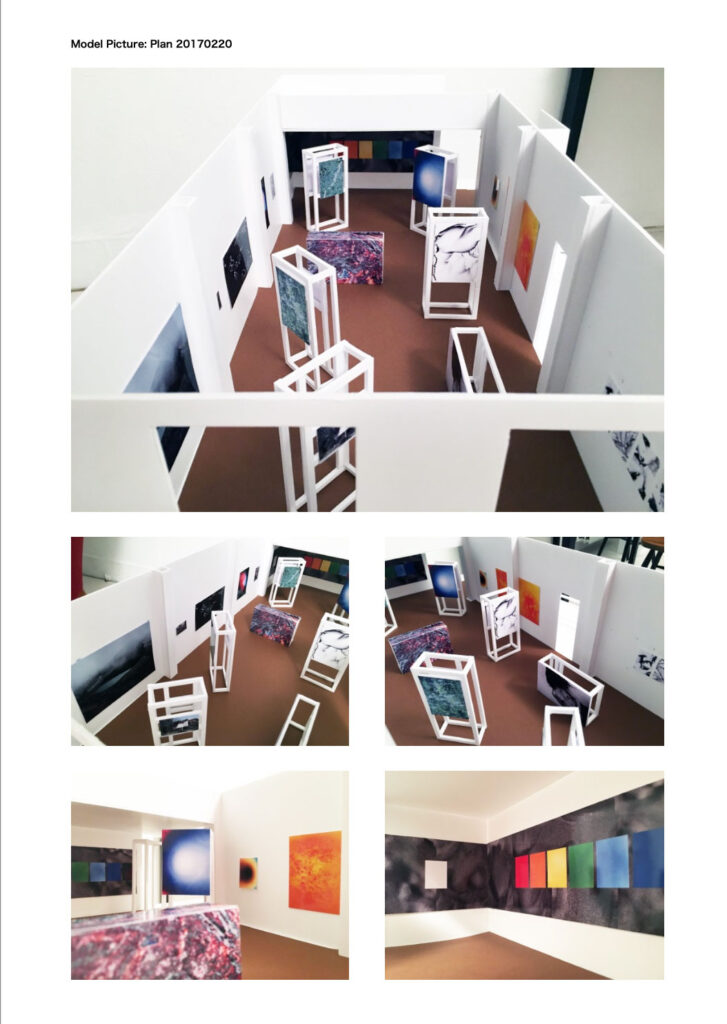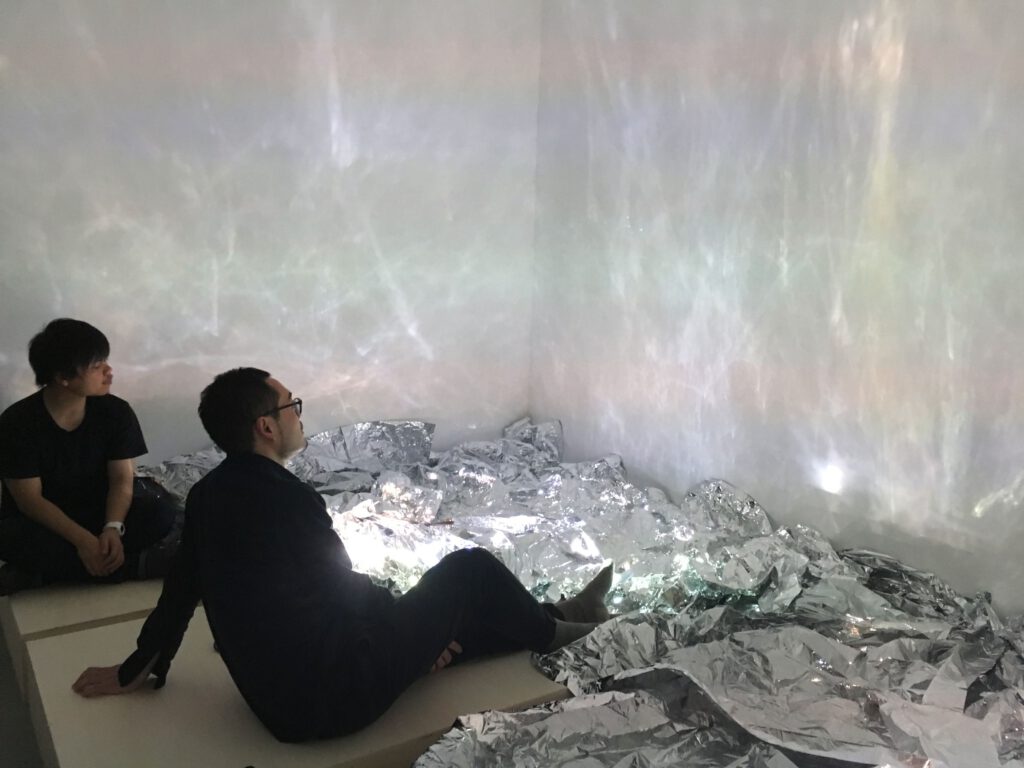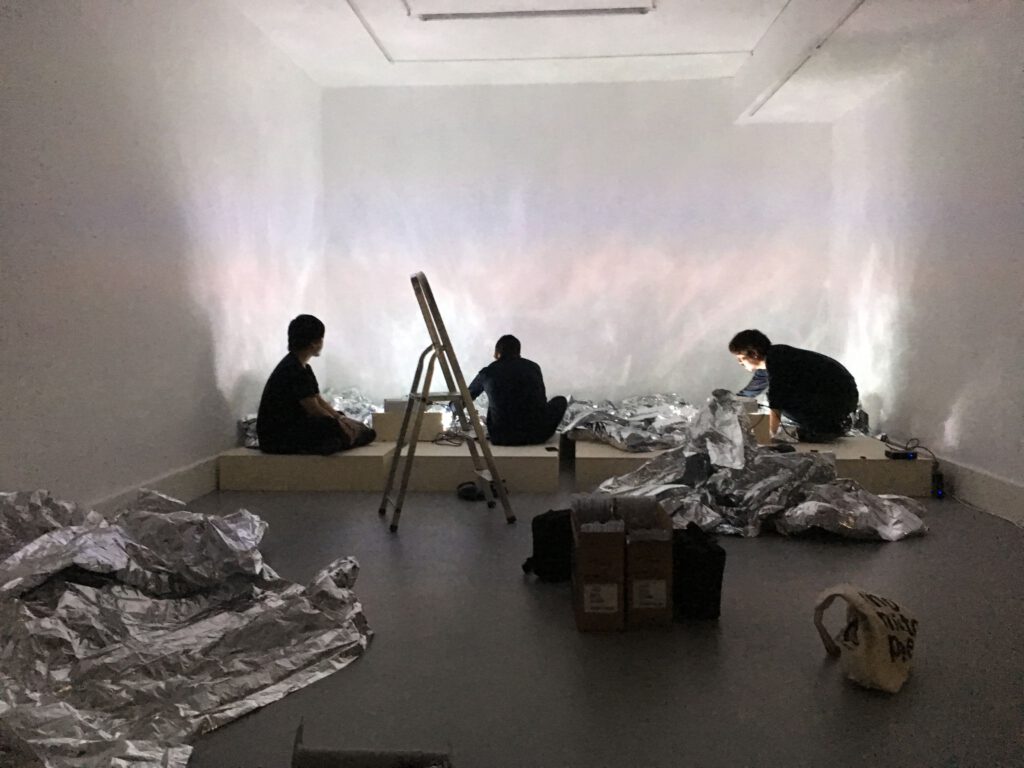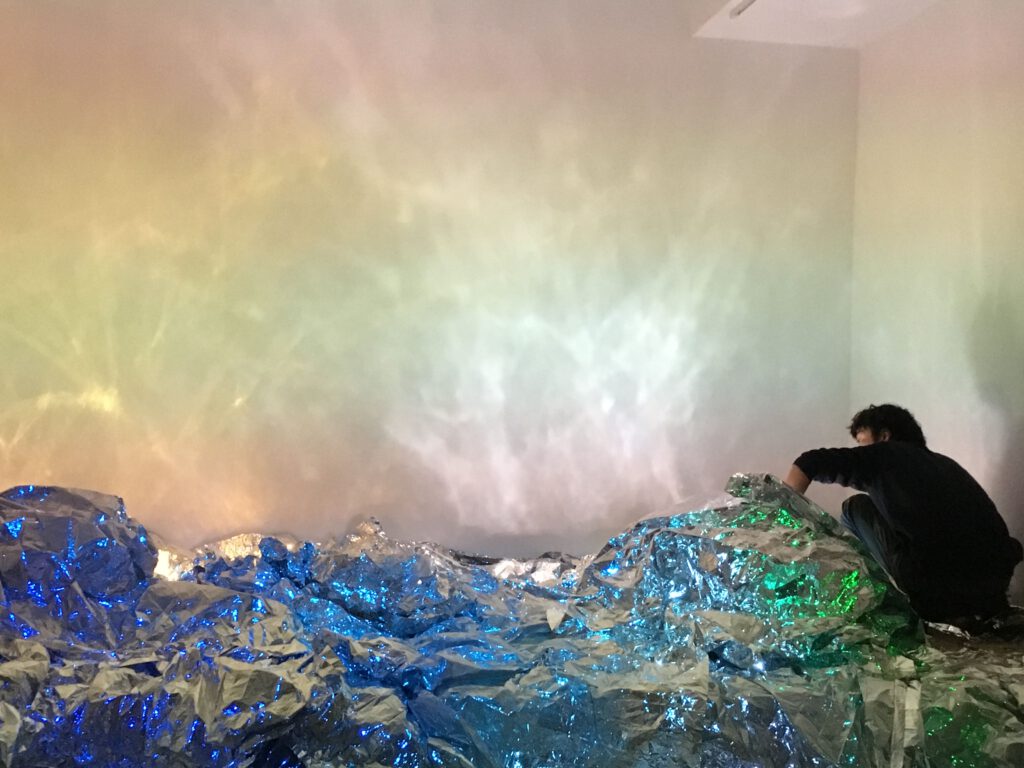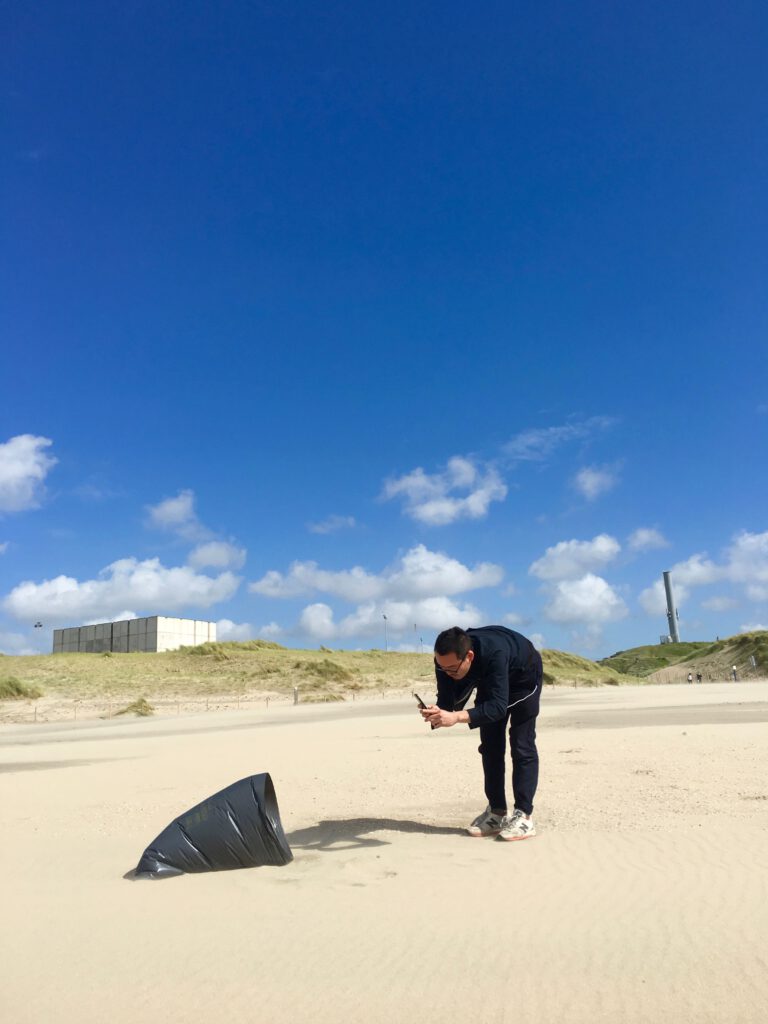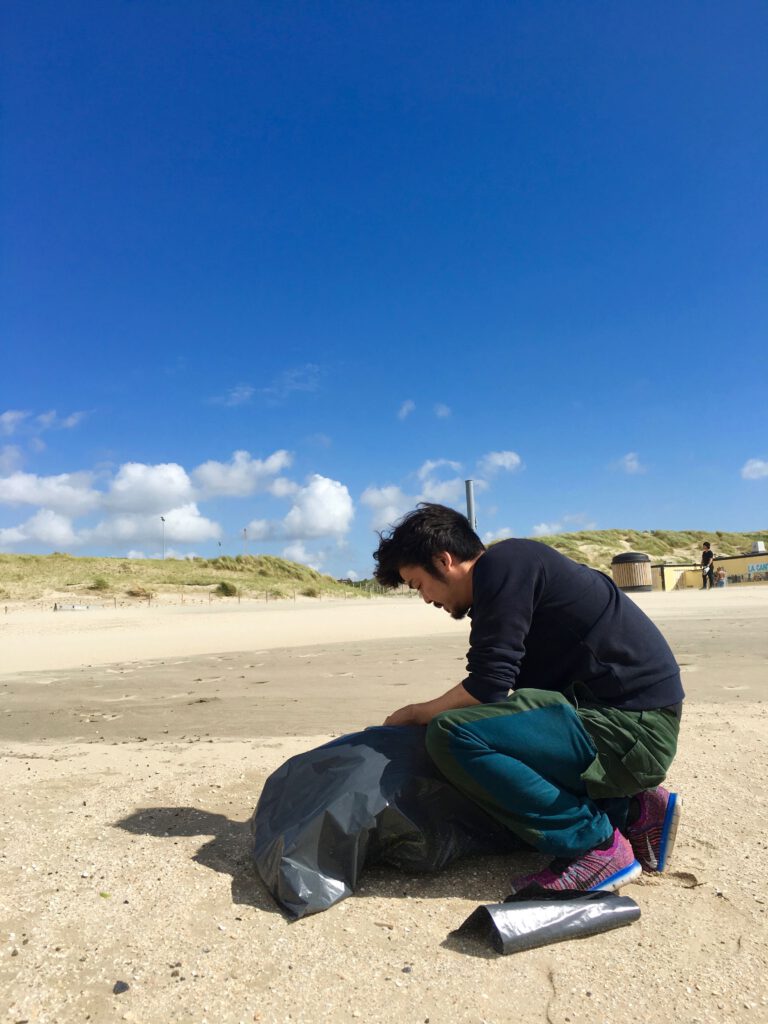POST BODY / NATURE is een tentoonstelling waarvoor de Japanse kunstenaars Taisuke Koyama en Takashi Kawashima eenmalig samenwerken. In hun fotografische- en videowerken onderzoeken ze, vanuit verschillende perspectieven, de rol van de natuur in ons (post-digitale) tijdperk. Op onnavolgbare wijze kwamen zij tot een tentoonstelling, die hun ingetogenheid ver te boven gaat; maar tot een visuele explosie komt die met wetmatige zorg vuldigheid tot eruptie wordt gebracht. Omdat de kunstenaars vanuit totaal verschillende urgenties tot hun werk komen levert het een bijzonder spannende visuele dialoog op tussen ratio en emotie.
De manier waarop Koyama (1978) het medium fotografie benadert ligt in het verlengde van zijn studies Biologie en Mileuwetenschappen. Hij onderzoekt de relatie tussen organische processen en fenomenen, en objecten van menselijke hand waarmee beelden kunnen worden gemaakt. Hoewel fotografie inmiddels een digitale aangelegenheid is, brengt zijn onderzoek hem tot een speelveld waarop de natuurkundige processen die het fotografisch procédé in essentie vereisen en het fysieke object om tot reproductie te komen de belangrijkste spelers zijn. Soms vormen deze spelers een team en soms worden ze als tegenstanders tegen elkaar uitgespeeld. Het manipuleren (of op dit speeldveld ‘blesseren’) van de wetmatige verbindingen tussen proces en object, het rommelen aan de fysieke objecten, en het aantasten van de algoritmische basispatronen zijn mogelijkheden om het spelplezier te beïnvloeden en tot gemanipuleerd beeld te komen. In de afgelopen jaren heeft Koyama de visuele uitdrukkingsmogelijkheden en zeggingskracht onderzocht van apparaten die data-input genereren, zoals handscanners en digitale microscopen. Hij heeft zich met name gericht op de pluraliteit en vloeibaarheid van de gegenereerde data, wat duidelijk zichtbaar is in zijn werken.
Kawashima (1985) geeft met zijn werk een heel andere invulling aan de beleving van de natuur. Hij komt uit het gebied waar in 2011 door een zeebeving het leven volledig tot stilstand kwam. In Nederland kennen we dit natuurgeweld als de tsunami die Fukushima verwoestte. We kunnen ons allemaal de desastreuze beelden van de eerste dagen na de impact herinneren. Verschrikkelijke overzichten van totale verwoesting werden op onze journaals begeleid met mogelijke angstaanjagende gevolgen voor ‘ons’ eco-systeem. Met fictieve visuele verhaallijnen die Kawashima creëert vertelt hij over natuurgeweld van vergelijkbare orde om zo het gesprek over de oorspronkelijke gebeurtenis initiëren. Dat de gebeurtenis de nietigheid van het menselijk bestaan in één klap duidelijk maakt is evident, maar hoe je daarna tot een emotionele verwerking of een catharsis kunt komen is, en blijft een groot mysterie. Kan het menselijk brein de krachten van de natuur trotseren?
In their individual photographic and video practices Japanese artists Taisuke Koyama and Takashi Kawashima explore the role of nature in our (post-digital) era. Now, in their inimitable way, they have created an exhibition that belies their understated demeanour; be prepared for an excessive fireworks brought to combustion with scientific rigor. Arriving at their respective work guided by completely different urgencies, their joining of forces has generated a particularly exciting visual dialogue between ratio and emotion.
Koyama (1978) approaches the medium of photography in line with his studies in Biology and Environmental Sciences. He investigates the relationship between organic processes and phenomena, and the manmade objects that facilitate their visual capture. Although photography has become predominantly digitalised, his own research brought him to a field where the most important players are the physical processes that photography requires for its existence on the one hand, and the physical objects that we need for the reproduction of the resulting images on the other. Sometimes, these players form a team, and sometimes they find themselves placed as opponents. This field of play Koyama games by manipulating the rational connections between process and object, by tinkering with the physical objects themselves, and through wilful impairment of the algorithmic base rules, in order to arrive at his manipulated images. In recent years, Koyama has been investigating the expressive power of devices that generate data input, such as hand scanners and digital microscopes, focussing in particular on the plurality and fluidity of the data generated, recording the results in his latest works.
Starting from a similar fascination for nature and its processes, Kawashima (1985) translates his experience of nature in a fundamentally different manner. He grew up in the region in Japan where life came to a halt after the 2011 submarine earthquake. In the Netherlands we have come to know this incident of natural violence as the tsunami that destroyed Fukushima. We can all remember the disastrous images of the first days after the impact. Alarming reports of total destruction were accompanied in our media by mentions of the potentially terrifying consequences for our 'ecosystem'. By creating a fictional visual narrative, Kawashima speaks about natural violence of similar magnitudes to initiate the conversation about the event itself. It needs no saying that such events inevitably make us stare the fragility of our bare existence in the face, but it remains one of the great mysteries of mankind how we manage to process this on an emotional level, or how it is possible to reach a catharis. Can the human brain defy the forces of nature? These concerns Kawashima puts central in his work.
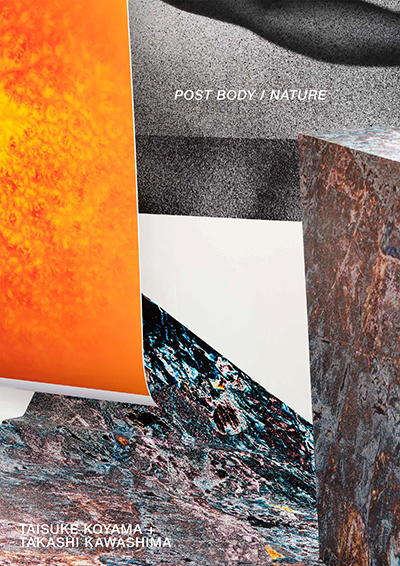
POST BODY / NATURE
TAISUKE KOYAMA + TAKASHI KAWASHIMA
Self-Published, Amsterdam, 2017
Designed by KOYAMA TAISUKE
Text by VERHAGEN ROBERT JAN
41 Images, 210mm x 297mm, 36 Pages, Loop Stitched
Edition 100
















